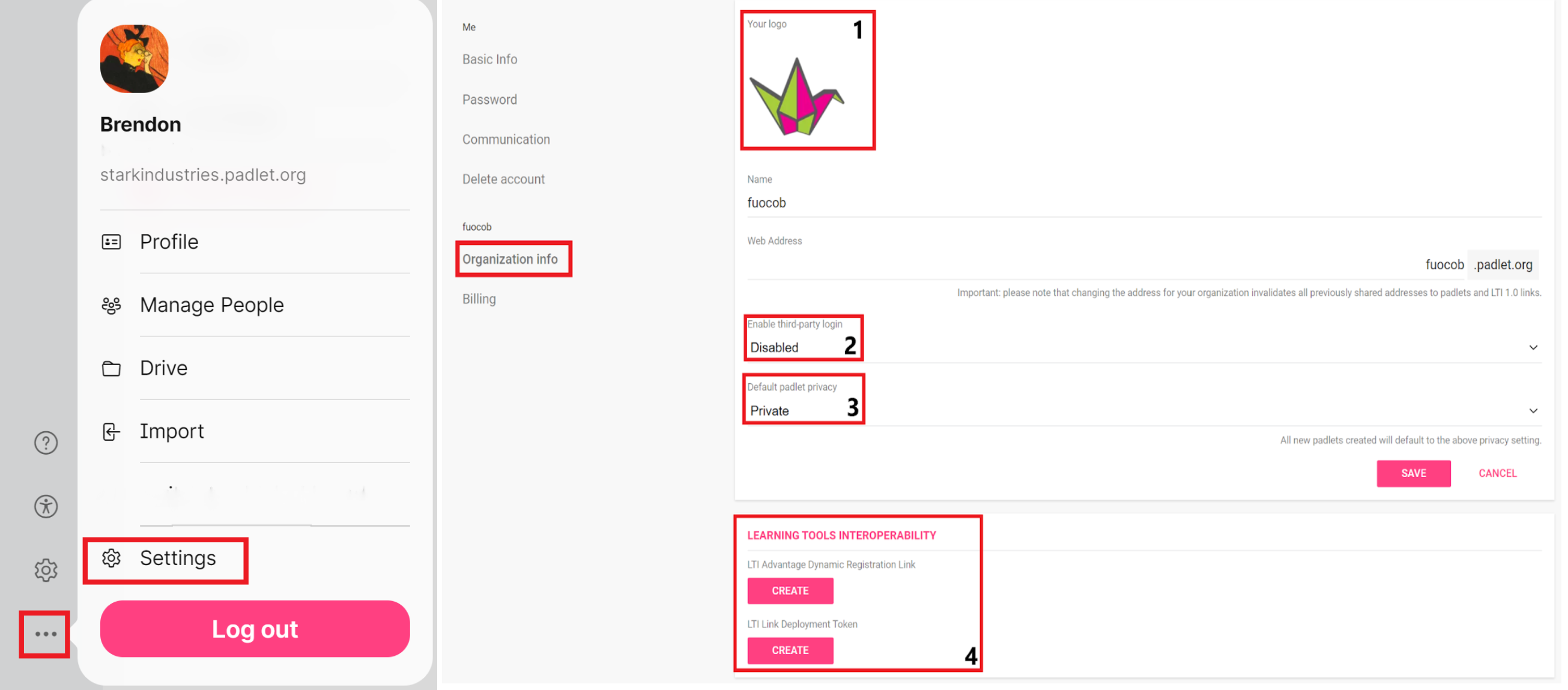

Use Padlet in English as a Second Language (ESL) classes and with English Language Learners. One special feature of Padlet is that it is available in 42 languages. Since Padlet is online and has an autosave feature, students do not need to be in the same physical space to work with one another, which makes Padlet a great choice for connecting in-person and online students in dual audience learning environments. Look at your school’s social studies curriculum and use that as a guide to choosing which events to cover. This would be a great project for studying significant incidents that lasted for a long period of time or that have a large amount of related content. How Can All Students Work on One Padlet Together?Īs an alternative to students working on individual Padlets, they can all contribute to one class Padlet on a historical event. Students and teachers can also decide if they want peers to just read, write comments, or edit the shared Padlet. Even if students are covering the same happening, they will likely have different content and can learn more about it through a different lens.īe sure to have students select the visitor permissions as “secret” so the public cannot access the Padlet but those who are given permission (i.e.

If students are focused on different historical events, then the other students can learn about each event by engaging with their classmate’s Padlet.
#Padlet backpack login code
Once students have completed their Padlets, they can share with their classmates via a URL link, QR code (opens in new tab), embed code to be placed within the class LMS, or through email. In this way, students are not just posting different types of content to the Padlet but they are also demonstrating to you that they understand what the artifact is and its relation to the historical event. They can also add notes to each artifact by using audio, video, images, or typing text. Have students follow a rubric which outlines the criteria for the content that they need to have on their Padlet, which may include all or some of the following related to the historical event an/or time period:Īs students gather content for their historical event Padlet, they can drag and drop it to the position on the Padlet that they would like. This is a chance for students to practice being critical consumers of online content and discern the difference between primary and secondary sources. Using the “post composer” feature on Padlet, students can type in a word and search for related images, GIFs, YouTube video, Spotify audio, and webpages. With Padlet, deeper learning can take place and allow for students to learn more comprehensively about these happenings.ĭuring social studies class, students can create a Padlet that digitally documents various artifacts related to a historical event being studied. More often than not, historical events are presented as these singular moments without going into detail beyond dates, location, and important figures. For this social studies lesson on historical events, it might be useful to recommend using the timeline layout. You can decide whether to allow students to choose the layout or you can assign a specific layout depending on the assignment. There are seven different Padlet layout options: wall, stream, grid, shelf, map, canvas, and timeline.
#Padlet backpack login free
Or, students can set-up a free account or use the Backpack user entry point if your school has a Padlet license. Depending on what email platform your students use, they may be able to log in using their existing Google, Apple, or Microsoft account.

#Padlet backpack login how to


 0 kommentar(er)
0 kommentar(er)
